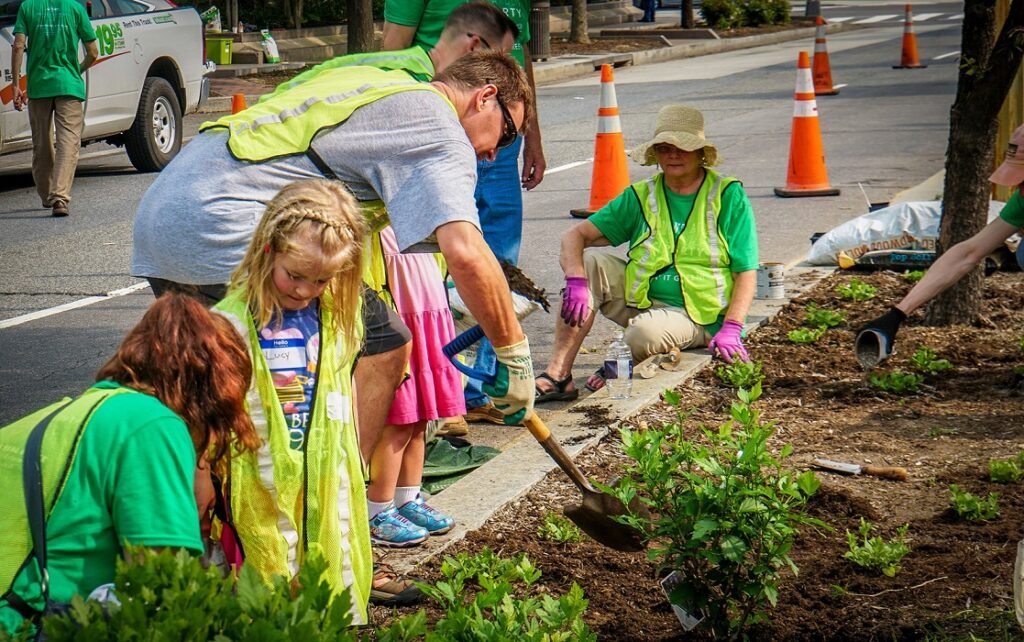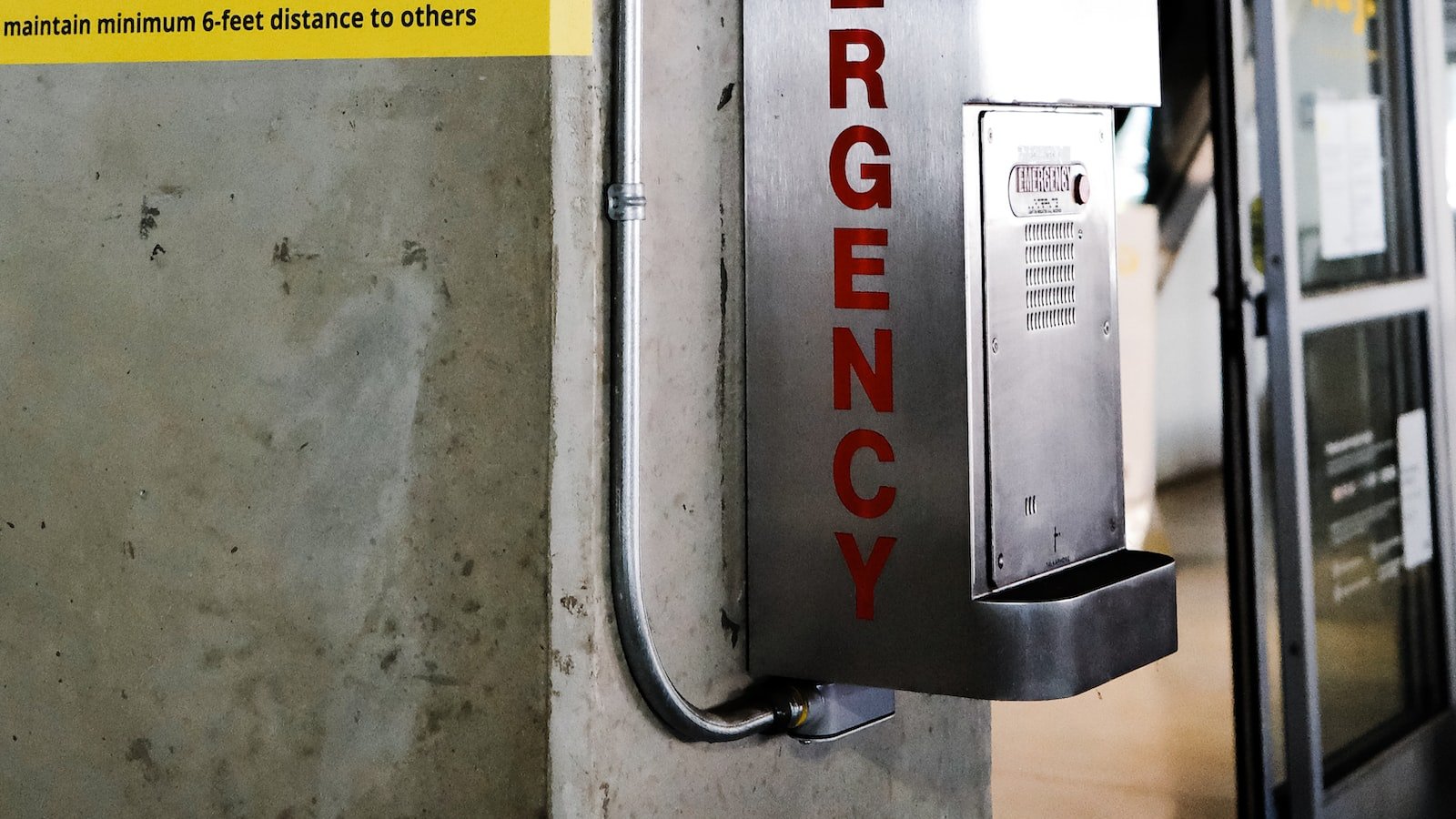Now Reading: How to Forage for Medicinal Plants
-
01
How to Forage for Medicinal Plants
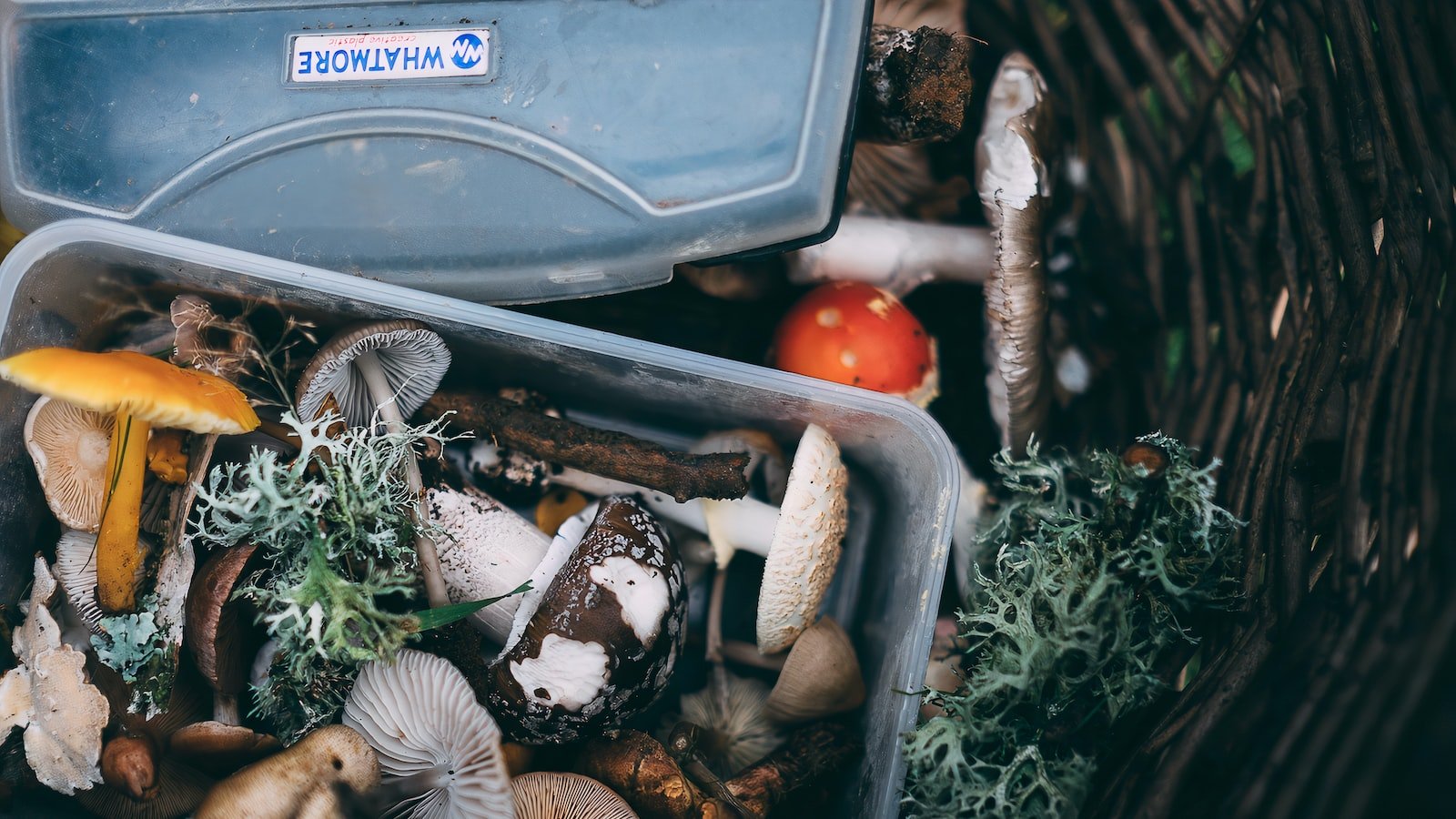
How to Forage for Medicinal Plants
Nature is a marvelous pharmacy, brimming with extraordinary remedies crafted by the ancient hands of Mother Earth. A hidden world of medicinal plants awaits us, beckoning with their healing secrets and the whispered knowledge of generations past. From the humble dandelion to the resolute elderberry, these botanical marvels have quietly thrived in the forgotten corners of our landscapes, offering powerful remedies to those seeking natural healing. In this enchanting journey through the art of foraging, we invite you to wander with us into the depths of the wilderness, as we unlock the age-old wisdom of finding and utilizing medicinal plants for the betterment of our health and well-being. With each step, we will uncover the wonders of these gentle treasures, learning how to identify them, respecting their life force, and harnessing their inherent powers to nurture our complex bodies. Embrace the green world, for within its emerald tapestry lies a wealth of medicines waiting to be discovered.
Table of Contents
- Understanding the Benefits and Risks of Foraging for Medicinal Plants
- Identifying Common Medicinal Plants in Your Region
- Essential Tools and Techniques for Successful Foraging
- Best Practices for Sustainable Foraging of Medicinal Plants
- Exploring Traditional and Modern Uses of Medicinal Plants
- Q&A
- Insights and Conclusions
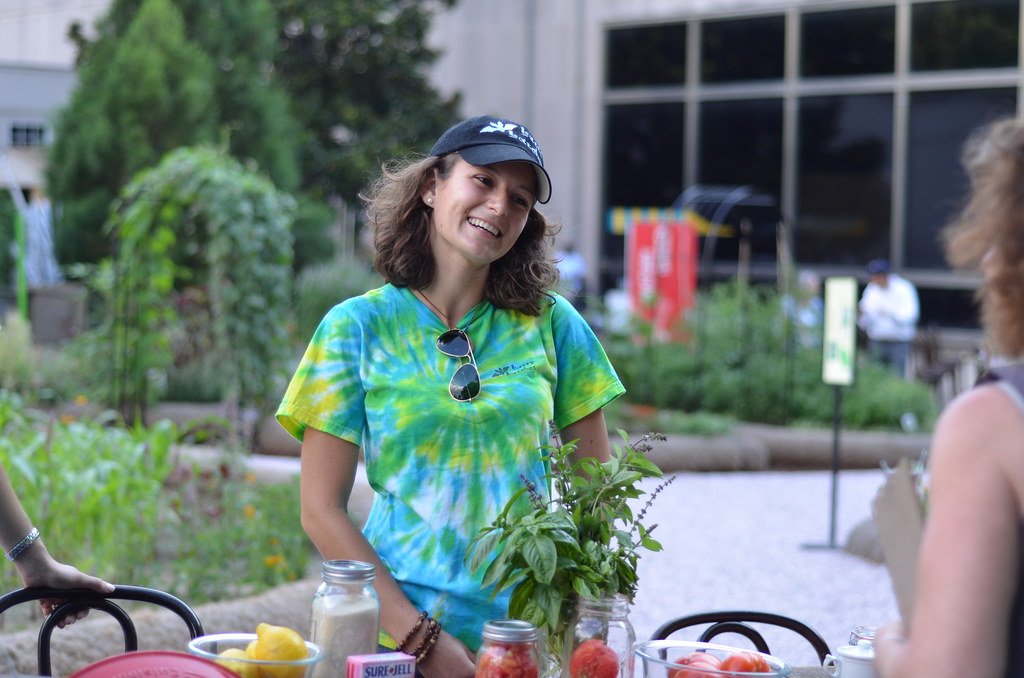
Understanding the Benefits and Risks of Foraging for Medicinal Plants
Exploring the world of foraging for medicinal plants is an invigorating journey filled with both promises and precautions. From ancient times to the present day, people have turned to the power of nature to find remedies for various ailments. However, it is crucial to approach this practice with knowledge and awareness to fully grasp its benefits and potential risks.
The Benefits of Foraging for Medicinal Plants
Foraging for medicinal plants offers an array of benefits that cater to both physical and mental well-being. Here are a few advantages to consider:
- Natural remedies: Medicinal plants provide a natural alternative to conventional medicine, often with fewer side effects. Their therapeutic properties have been utilized for hundreds of years by different cultures around the world, underscoring their effectiveness.
- Cost-effective: By foraging for medicinal plants, you can discover free or low-cost treatments for ailments, eliminating the need for expensive pharmaceuticals.
- Closer connection to nature: Engaging in foraging not only nurtures your physical health but also fosters a deeper bond with the natural world. The process of searching for and identifying plants encourages mindfulness and appreciation for the environment.
The Risks of Foraging for Medicinal Plants
Just as there are benefits, it is essential to acknowledge the risks associated with foraging for medicinal plants. Being aware of these risks can help you minimize any potential adverse effects:
- Misidentification: One of the most significant risks is mistakenly identifying plants, as some medicinal plants can resemble toxic varieties. It is crucial to consult reliable reference materials or seek guidance from experienced foragers or botanists.
- Environmental impact: Uncontrolled foraging can put a strain on wild populations of medicinal plants, potentially leading to their depletion. It’s important to harvest sustainably and respect the ecosystems and habitats in which these plants thrive.
- Interactions and contraindications: Medicinal plants can interact with other medications or have contraindications for certain health conditions. It is advisable to consult a qualified healthcare professional before incorporating new remedies into your healthcare routine.
With a deep understanding of both the benefits and risks, foraging for medicinal plants can be a fulfilling and enriching experience. Always approach this practice with respect, responsible foraging techniques, and the desire to protect both your health and the delicate balance of nature.
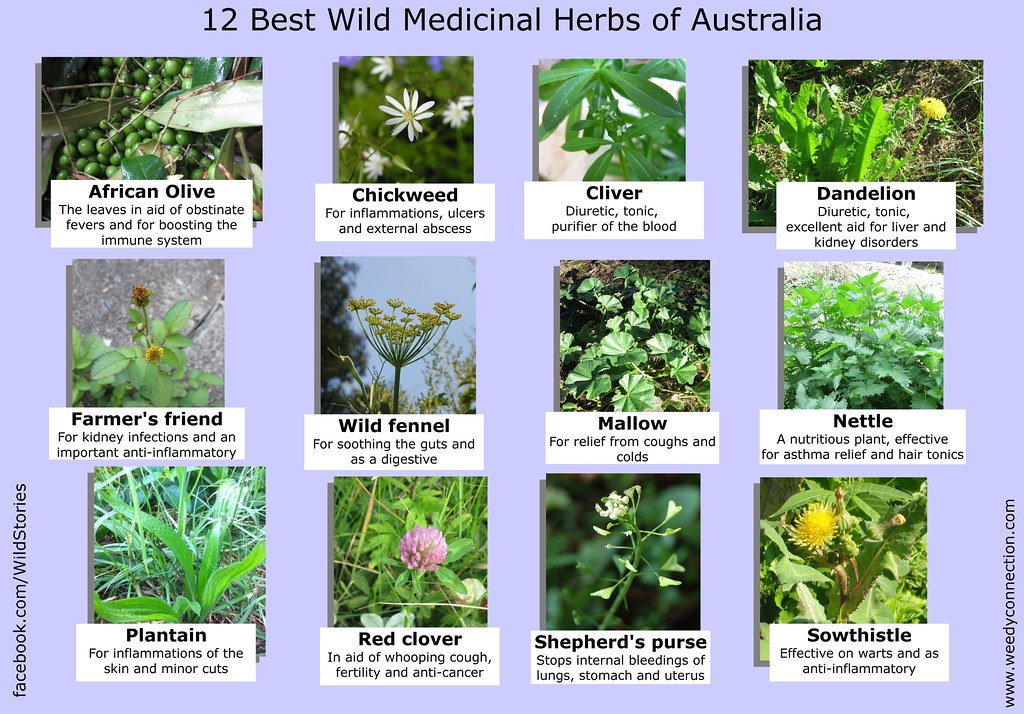
Identifying Common Medicinal Plants in Your Region
When it comes to harnessing the power of nature for our health and well-being, there is an incredible wealth of medicinal plants available right in our own backyards. By familiarizing ourselves with the common flora of our region, we can tap into the natural remedies that have been used for centuries.
Here are some tips to help you identify and use local medicinal plants:
- Observe leaf shape and pattern: Take note of the shape and pattern of leaves, as they offer valuable clues for identification. Look for distinct features like serrated edges, a smooth or rough texture, or unique arrangements.
- Inspect flowers and fruits: Flowers and fruits can be crucial in determining the plant’s identity. Pay attention to the shape, color, and size of the flowers, as well as the appearance of seeds or fruits.
- Consider the overall habitat: Different plants thrive in specific habitats. Is the plant found near water? In open meadows? In shaded forests? Taking note of the environment where the plant grows can narrow down your search.
Before utilizing any plants for medicinal purposes, it’s essential to consult reputable sources or consult with a knowledgeable herbalist or botanist. Safety and correct identification should always be the top priority when foraging for medicinal plants.
Essential Tools and Techniques for Successful Foraging
In the world of foraging, having the right tools and techniques can greatly enhance your success and overall experience. Whether you’re a seasoned forager or just starting out, here are some essential tools and techniques that will help you make the most of your foraging adventures:
Tools:
- A Foraging Basket: A sturdy and spacious basket is a must-have for any forager. It allows you to carry your finds without damaging them and keeps your hands free for gathering. Look for one with a comfortable handle and a wide opening to easily accommodate different types of plants.
- A Field Guide: A comprehensive field guide specific to your region is an invaluable tool to identify plants and fungi. Look for one that includes detailed descriptions, clear photographs, and information on edible and poisonous species. With a good field guide by your side, you’ll be able to confidently identify and enjoy the abundance of nature.
- A Digging Tool: For certain types of foraging like harvesting roots or tubers, a sturdy digging tool such as a garden trowel or a hori hori knife can be extremely useful. These tools allow you to carefully extract plants without damaging the surrounding soil or delicate ecosystems.
Techniques:
- Observe and Learn: The key to successful foraging is to be observant and continuously expand your knowledge. Take the time to study different habitats, learn to recognize growth patterns, and familiarize yourself with the local flora and fauna. By becoming familiar with the natural environment, you’ll be able to identify and locate specific plants more easily.
- Responsible Harvesting: Foraging is a sustainable practice when done responsibly. Always remember to harvest plants in moderation, leaving enough for the ecosystem to regenerate. Only pick plants you can properly identify and have been positively identified as edible. Be mindful of endangered or protected species and avoid harvesting them.
- Connect with Local Foragers: Joining local foraging groups or participating in workshops can provide you with valuable insights and tips from experienced foragers. Engaging with others who share your passion for foraging can enhance your knowledge, expand your foraging spots, and foster a sense of community.
Best Practices for Sustainable Foraging of Medicinal Plants
Foraging for medicinal plants can be a rewarding and sustainable practice when done responsibly. By following these best practices, you can contribute to the preservation of these valuable resources for generations to come.
Research and Identify
Start by researching the plants that grow in your local area and understanding their medicinal properties. It’s important to be able to correctly identify the plants you intend to forage. Consider using guidebooks or consulting with experts to avoid any potential risks.
- Know the Laws: Familiarize yourself with local regulations and permits required for foraging. Respect protected areas and avoid foraging in designated conservation zones.
- Leave No Trace: When foraging, leave the ecosystem undisturbed by carefully harvesting a small amount from each plant. Never uproot the entire plant, allowing it to continue growing and reproducing.
- Practice Seasonal Awareness: Respect the natural cycle of plants by foraging during their non-flowering stage. This ensures the sustainability of the plant population and allows for seed dispersion for the following season.
- Harvesting Techniques: Use sharp pruners or scissors to cleanly cut stems or leaves, minimizing damage to the plant. Avoid damaging nearby plants and habitats.
- Be Ethical: Practice responsible foraging by only taking what you need, and consider the impact on the plant’s population. Avoid foraging endangered or rare species.
Contribute to Conservation
Support the conservation of medicinal plants by actively participating in initiatives that promote sustainable foraging. This can include volunteering for habitat restoration projects, supporting local community gardens, or joining organizations dedicated to the preservation of medicinal plants. By working together, we can ensure the availability of these important resources for future generations.
Exploring Traditional and Modern Uses of Medicinal Plants
Medicinal plants hold a wealth of knowledge that has been passed down through generations, offering both traditional and modern applications. Their diverse uses range from alleviating common ailments to providing potential remedies for more complex health conditions.
Traditional Uses:
- Ancient Wisdom: Traditional healers have relied on medicinal plants for centuries, harnessing their natural properties to treat various illnesses and promote well-being.
- Cultural Significance: Many indigenous communities have deeply-rooted beliefs and rituals surrounding the use of specific plants, often incorporating them as essential components of traditional ceremonies and spiritual practices.
- Herbal Remedies: Traditional medicine systems, such as Ayurveda and Traditional Chinese Medicine, have extensively documented the use of medicinal plants in creating potent herbal remedies.
Modern Applications:
- Pharmaceutical Potential: Scientists and researchers are increasingly exploring medicinal plants to develop new drugs and therapies, as they contain valuable compounds that could potentially lead to groundbreaking medical advancements.
- Natural Supplements: As an alternative to conventional medicine, herbal supplements derived from medicinal plants have gained popularity due to their natural origins and potential health benefits.
- Environmental Conservation: The conservation and sustainable utilization of medicinal plants play a crucial role in maintaining biodiversity and ensuring the availability of these valuable resources for future generations.
By delving into the traditional and modern uses of medicinal plants, we can deepen our understanding of their remarkable properties and contribute to the ongoing exploration of their potential impact on human health and well-being.
Q&A
What are some common medicinal plants that can be foraged?
Some common medicinal plants that can be foraged include chamomile, echinacea, lavender, and peppermint. These plants have various health benefits and can be used to make teas, tinctures, or herbal remedies.
Where can I find these medicinal plants?
You can find these medicinal plants in various locations such as meadows, forests, or even your backyard. Look for areas with healthy soil and ample sunlight, and make sure to identify the plants correctly before foraging.
What do I need to consider before foraging for medicinal plants?
Before foraging, it is important to research and educate yourself about the plants you intend to collect. Ensure you have the necessary tools like a field guide, gloves, and a basket to gather the plants. Always respect the habitats and only collect what is sustainable.
How can I identify medicinal plants in the wild?
To identify medicinal plants, familiarize yourself with their distinct features, such as leaves, flowers, and berries. You can use field guides or consult with experienced foragers or botanists who can help you differentiate between similar-looking plants.
Are there any safety precautions to consider when foraging for medicinal plants?
Absolutely, safety should be a priority when foraging. Always wear gloves to protect yourself from potential allergens or irritants. Ensure that you are confident in plant identification to avoid accidentally gathering toxic or poisonous plants.
How should I harvest medicinal plants to ensure their effectiveness?
When harvesting medicinal plants, be mindful not to harm the entire plant. It’s best to selectively harvest leaves, flowers, or seeds while leaving enough for the plant to continue growing and spreading. This sustains the ecosystem and ensures the plants’ long-term availability.
What are some methods to preserve and store foraged medicinal plants?
Foraged medicinal plants can be dried naturally or using low heat to preserve their potency. Once dry, store them in airtight containers away from moisture, heat, and direct sunlight to maintain their medicinal properties for an extended period.
How can I incorporate foraged medicinal plants into my daily routine?
There are several ways to incorporate foraged medicinal plants into your daily routine. You can brew them into teas, infuse them into oils or honey, or even use them in cooking to enhance flavors and enjoy their health benefits. Experiment and find what works best for you.
Insights and Conclusions
As our herbal journey comes to a close, we hope you found inspiration in the ethereal realm of medicinal plants. Remember, the wonder of nature’s apothecary lies just beyond our doorstep, waiting for us to embrace its extraordinary gifts.
Through this enlightening exploration, we unveiled the secrets of foraging for medicinal plants, unraveled the ancient wisdom nestled into each leaf, petal, and root. By venturing into the wild, we discovered that nature’s healing touch is never too far away.
From the mysterious depths of lush forests to the sun-drenched meadows, we learned to identify these botanical treasures and appreciate the symphony of life they bring. As guardians of our health and well-being, they have patiently thrived, awaiting the time when we would reunite with their luminous power. And now, armed with knowledge, we can unlock their potential in reverence and admiration.
Throughout our formidable quest, we felt the pulse of countless generations past and heard the whispered secrets passed down through ancient civilizations. Their timeless knowledge intertwines with our modern existence, bridging the gap between centuries and weaving together a tapestry of shared experience.
By embracing the art of foraging, we have become part of this chain, preserving traditions, and ensuring the sustained harmony between humankind and the natural world. We have awakened our senses to the delicate dance of seasons, immersing ourselves in the rhythm of nature’s medicines, and honoring the generations of herbalists who have come before us.
So, dear reader, let us carry these lessons with us as we step back into our bustling lives. Let us remember that amidst the concrete and the chaos, nature’s pharmacy is always open, ready to heal and guide us. And as we embark on our own personal journeys, may we never forget the power of reconnecting with nature’s wisdom, as it patiently awaits our return.
With the knowledge we’ve shared as our compass, may you wander forth with curiosity and respect. May you find solace in the arms of the forest and solace in the embrace of each medicinal plant you encounter. And above all, may you find healing in the whisper of the wind and the harmony of the wild.
Farewell, fellow foragers, until we meet again on another enchanting adventure amidst nature’s extraordinary medicine cabinet.
As an affiliate, my content may feature links to products I personally use and recommend. By taking action, like subscribing or making a purchase, you’ll be supporting my work and fueling my taco cravings at the same time. Win-win, right?
Want to read more? Check out our Affiliate Disclosure page.

